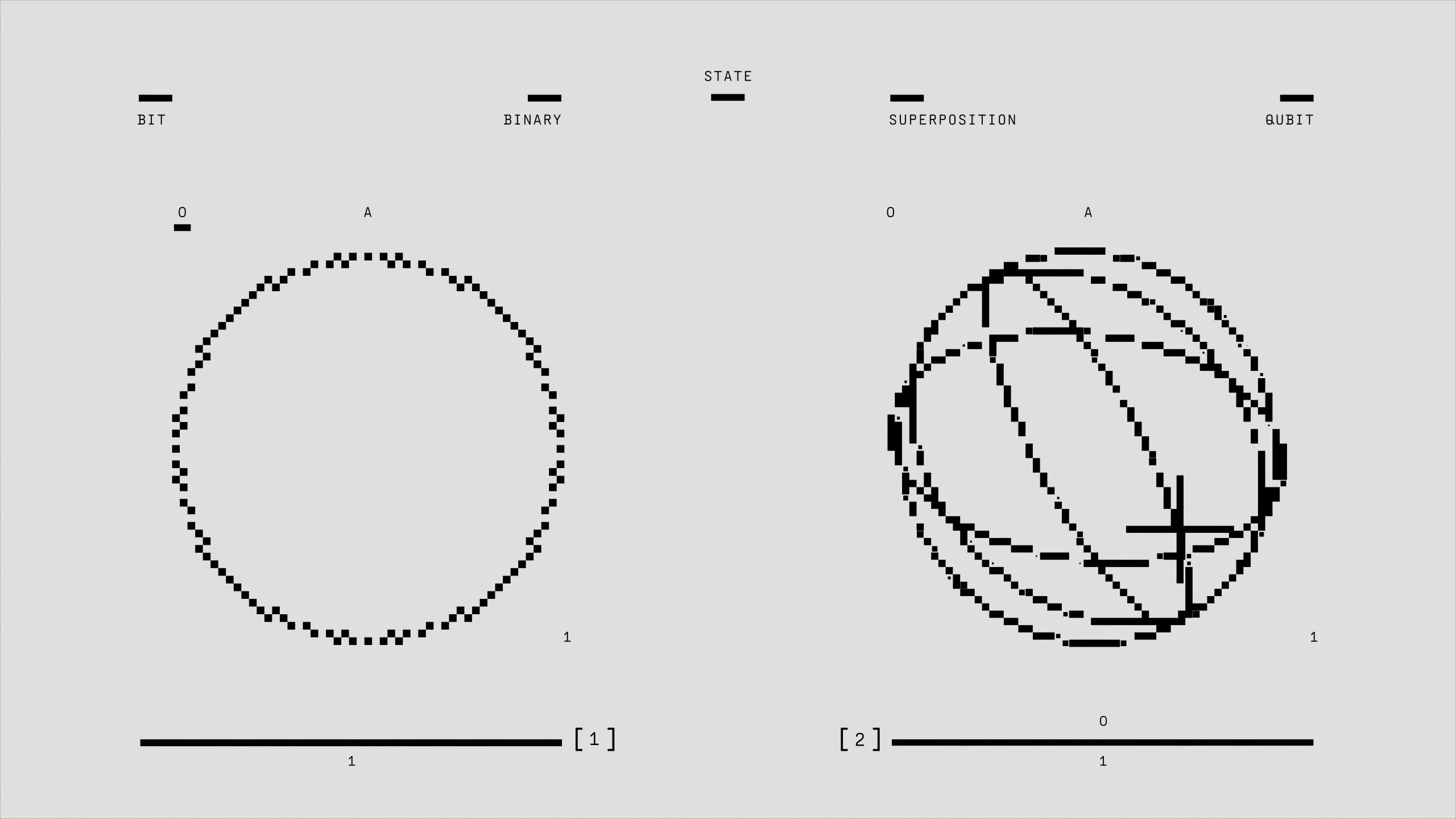When facing a disagreement between insurance companies regarding fault in an accident, it’s crucial to approach the situation strategically:
Gather Evidence: Collect all available evidence related to the accident. This includes photos from the scene, police reports, witness statements, and any relevant communication with both insurance companies. A strong body of evidence can support your case for an equitable fault determination.
Understand Your Policy: Familiarize yourself with the specific terms and coverage details of your insurance policy. Knowing what your policy covers will help you understand your rights and the potential outcome of your claim.
Communicate with Your Insurer: Maintain open lines of communication with your insurance provider. Inform them of the other driver’s insurer’s stance and provide them with all the evidence you’ve collected. Request that your insurer advocate for you and dispute the claim on your behalf if necessary.
Consider Mediation: If both insurance companies continue to disagree, you may suggest mediation. Mediation involves a neutral third party who can facilitate a resolution between the two companies, potentially leading to a settlement without proceeding to legal action.
Seek Legal Advice: If mediation fails to resolve the issue, or if the other driver’s insurance persists in assigning full blame, consult a lawyer specializing in auto insurance or personal injury cases. An attorney can offer advice based on your specific situation and, if necessary, help you pursue legal action to ensure a fair allocation of fault.
Keep Records: Maintain comprehensive records of all interactions with both insurance companies, including phone calls, emails, and other correspondence. This documentation can be invaluable if legal proceedings become necessary.
Navigating insurance disputes can be complex, but by taking organized and informed steps, you can move towards a resolution that reflects the realities of the accident.



